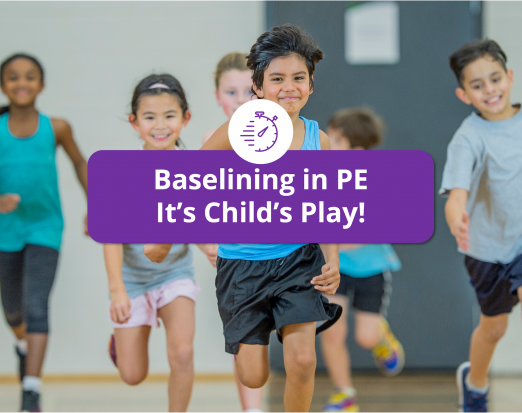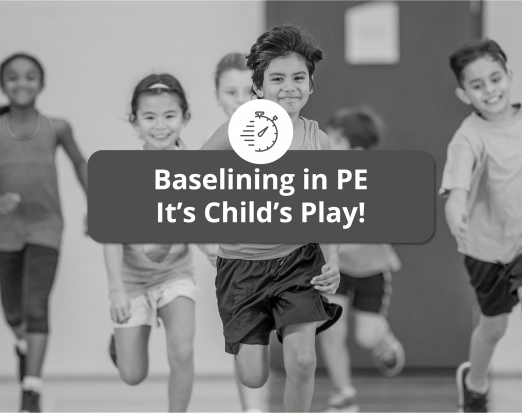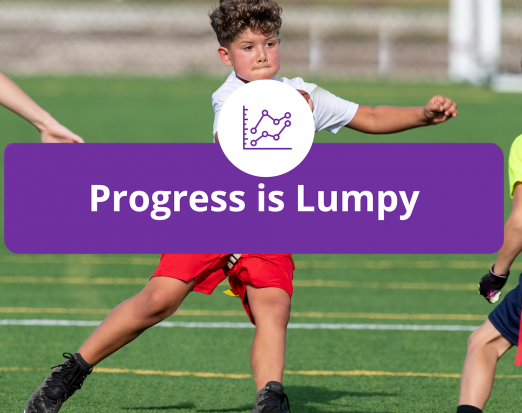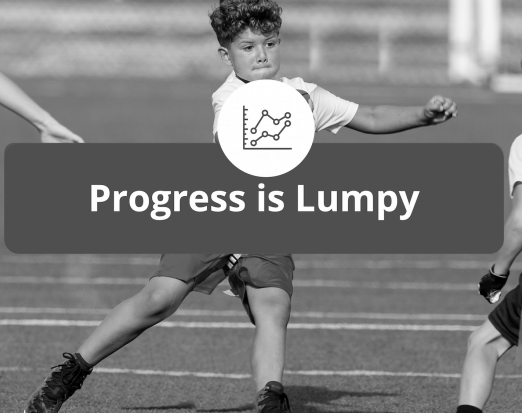Get Sport Ready – Developing Strength, Speed, and Skills in Children

We have discussed the importance of developing a range of general motor skills, along with specific sport skills, as a part of a long-term athlete development programme (LTAD). Additionally, other fitness components should be targeted throughout the children’s development. In Lloyd and Oliver’s Youth Physical Development model, the researchers suggested that seven physical qualities should be considered, including, mobility, agility, speed, power, hypertrophy, and metabolic conditioning (endurance).
Like strength, power is suggested to be trained throughout the different ages and stages of maturation, with considerations around structure – remember that young children’s activities are more unstructured, with more structure be prescribed as the children develop in skill and overall maturity.
It is noteworthy to highlight that strength and power are different qualities. Strength is the ability to generate force. As children play and learn skills, they are also learning how to generate force within a specific activity – for example, hopping, skipping, jumping, and running. Also, remember that most of the strength (force) adaptations in young children will come through neuromuscular adaptations, where the nervous system can learn to recruit muscles, and to coordinate specific muscles in an effective order.
Power is more complex to explain, and is a product of force x velocity, or the rate of doing work. To try to explain this in a different way, two young children have similar strength levels, both children can lift a 2kg medicine ball from the floor, or they can lift their school bag onto their shoulders. However, the second child can lift or complete the task in a shorter amount of time. Therefore, even though the children have equal strength levels, the second child can express their strength quicker (higher power). This comes from a product of strength and how quickly that strength can be produced (with shorter times being more effective along with optimal motor skills) - which may be more advantageous when playing games, learning sport skills, and general activities.
Tracking Strength, Speed and Motor Skills Development
Jumping activities, for example, the standing broad jump and standing vertical jump have an indirect link to power. The standing broad jump is a great challenge to complete due to the ease of the test, with no expensive equipment. Additionally, the broad jump challenge also helps children to learn and to develop optimal landing strategies – it’s not just the jump, but the landing too!
The broad jump challenge is assessing how far the children can jump – so, back to our previous breakdown of power – how quickly they can produce strength (in this case, relative to the movement of the body). Therefore, the children will try to recruit their muscles in a particular order to generate strength (force), plus, and this is a big plus, they have a time limit to complete the task. The children who can both organise their muscles and in the quickest time generally jump the furthest – this is an essential ability to learn – we call body control.
Hopefully, this demonstrates the connection between strength and speed (velocity), with a bucket load of motor skills. As children develop, tracking their jump distance is a great tool, as we can support and feedback to encourage them. However, remember that motor skills are important too, so, for example, their jump distance may reduce, but their overall jump technique and landing may look more efficient – quality of the movement is always important.
Training for Strength, Speed and Motor Skills Development
Within a long-term athletic development programme, it is recommended that power is targeted throughout the different ages and stages of maturation - pre-and-post peak height velocity. For younger children, power can be developed throughout the fundamental movements. For more mature children, and older children. it is recommended to combine resistance training with plyometrics, as concurrent resistance activities and plyometrics drills has been reported to develop power in short-sprints and jumping.
Develop a Strong Foundation with Bodyweight and Strength Exercises
As with other areas of fitness, strength training can provide a solid foundation, from this foundation, we can start to develop power. Body weight exercise and adding further resistance can help support this, depending on the maturity of the children. When using resistance training for power, start with relatively light loads below 30%, medicine balls are a great piece of equipment.
Incorporate Plyometrics Drills to Develop Explosive Strength and Motor Skills
Plyometric training refers to a specific exercise modality that is built around jumping, hopping, bounding, and skipping movements. They are performed in an extremely fast and explosive manner. Plyometrics are also great, as they promote rhythm and coordination in children. They continually work the muscles through a mechanism called the short-stretch cycle – which has shown to develop acceleration, agility, and jumping.
Our goal is to develop effective movement strategies in children, with their movements becoming more efficient, demonstrating improvements in motor control and performance. Hopefully this will also improve their confidence and their enjoyment in being both active and playing sport.
Improve a range of fitness components and motor skills in children
The Total Sport App empowers children to access fun activities to improve a range of fitness components and motor skills.
- Develop the fundamental movement skills - agility, balance and coordination
- Try new skills, like dance and yoga
- Learn the importance of nutrition, sleep and activity for overall wellbeing





